What Is Safety Shot?
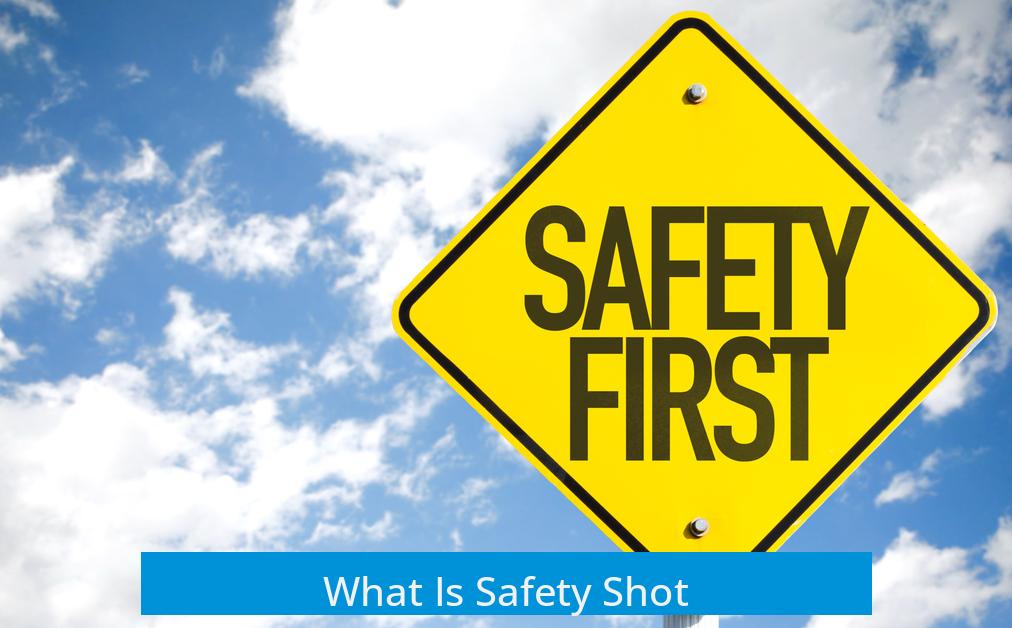
Safety Shot is marketed as a nutraceutical drink designed to prevent or reduce hangovers, but it lacks solid scientific validation and regulatory approval. Classified as a dietary supplement by the FDA, Safety Shot makes wellness claims without the rigorous testing required of pharmaceuticals. Its formulas contain various ingredients aimed at supporting the body’s response to alcohol, but there is no strong peer-reviewed evidence verifying its effectiveness.
Regulatory Status and Implications
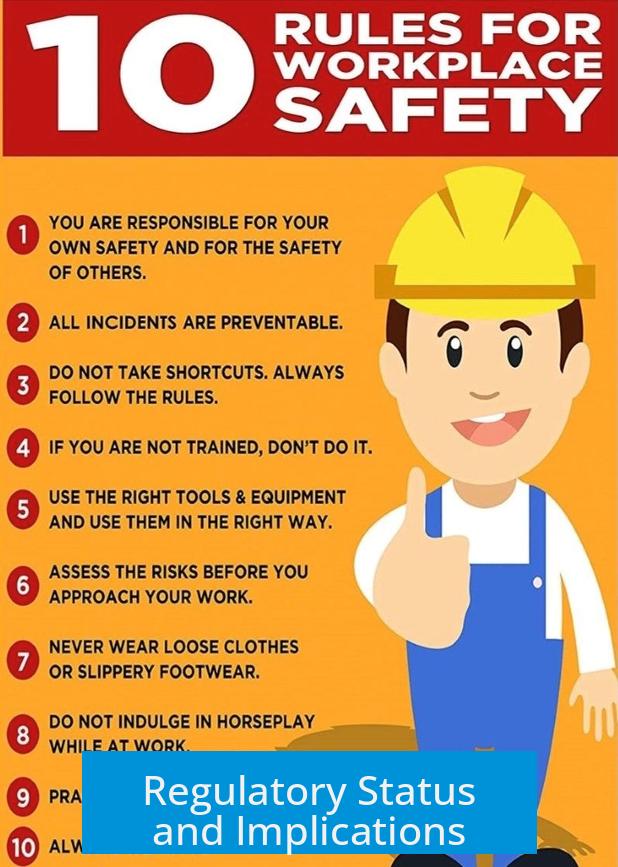
Safety Shot falls under the category of nutraceuticals or dietary supplements, which means it operates under lenient regulatory rules. Unlike drugs, it does not have to prove safety or efficacy before market release. The FDA does not evaluate the claims nutraceutical companies make, provided they do not claim to treat or cure diseases explicitly.
This regulatory gap is similar to products like homeopathy, which face little oversight on claims. Consumers should therefore treat such products with caution, particularly when companies lack transparency in testing and clinical evidence.
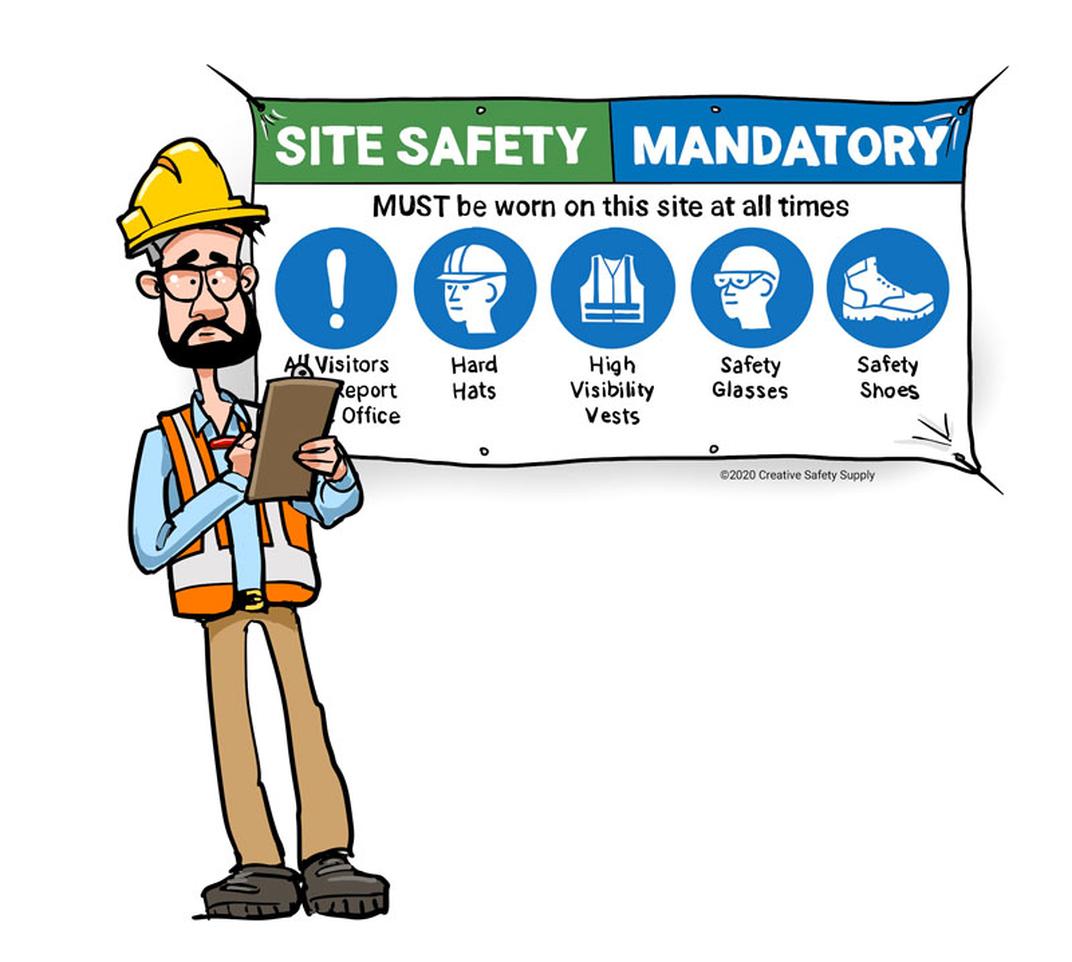
Composition and Key Ingredients
The product contains a mix of vitamins, amino acids, botanical extracts, and common additives:
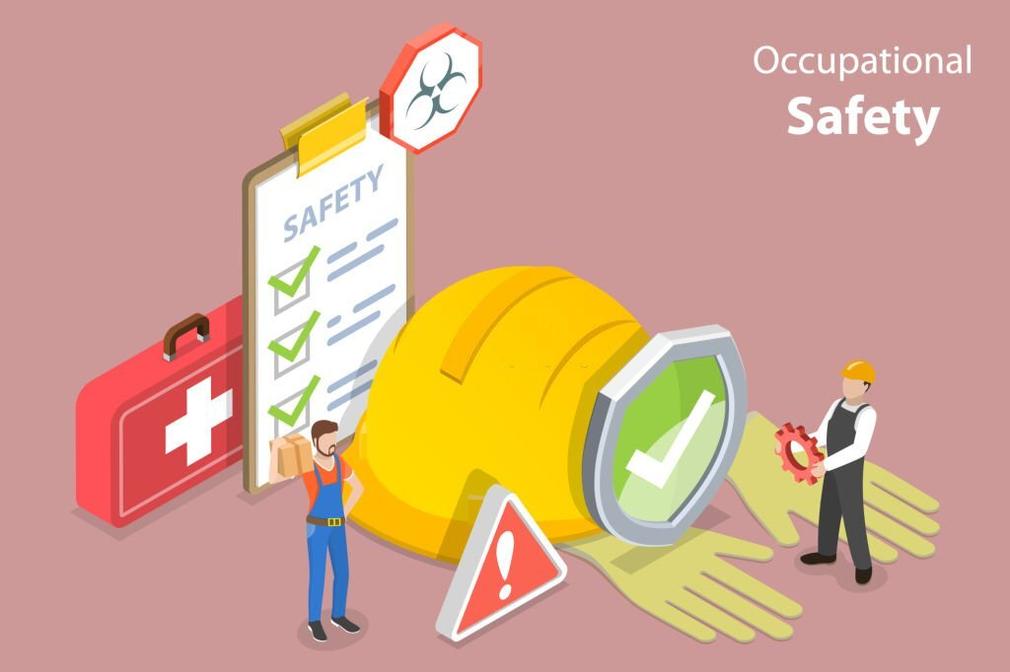
- Triple Filtered Purified Water
- Apple Extract, Natural Flavors
- N-Acetyl Cysteine (NAC) – known for antioxidant properties
- N-Acetyl Tyrosine and Taurine – amino acids believed to support metabolism
- Milk Thistle, Dandelion Extract – traditional liver-support herbs
- Glycine, Sucralose (sweetener), and multiple Vitamin B forms (B1, B2, B5, B6, B12)
- Caffeine Anhydrous, Panax Ginseng, Synephrine HCL, Methyliberine, Theacrine – stimulants
- Mucuna Pruriens and Cognizin® Citicoline – cognitive support compounds
- Preservatives: Potassium Sorbate, Sodium Benzoate
Many of these ingredients are common in energy drinks or dietary supplements, but none stand out as proven hangover cures. The combination includes stimulants and nootropic agents that may mask some symptoms but do not alter blood alcohol content.
Scientific Evidence and Research Quality
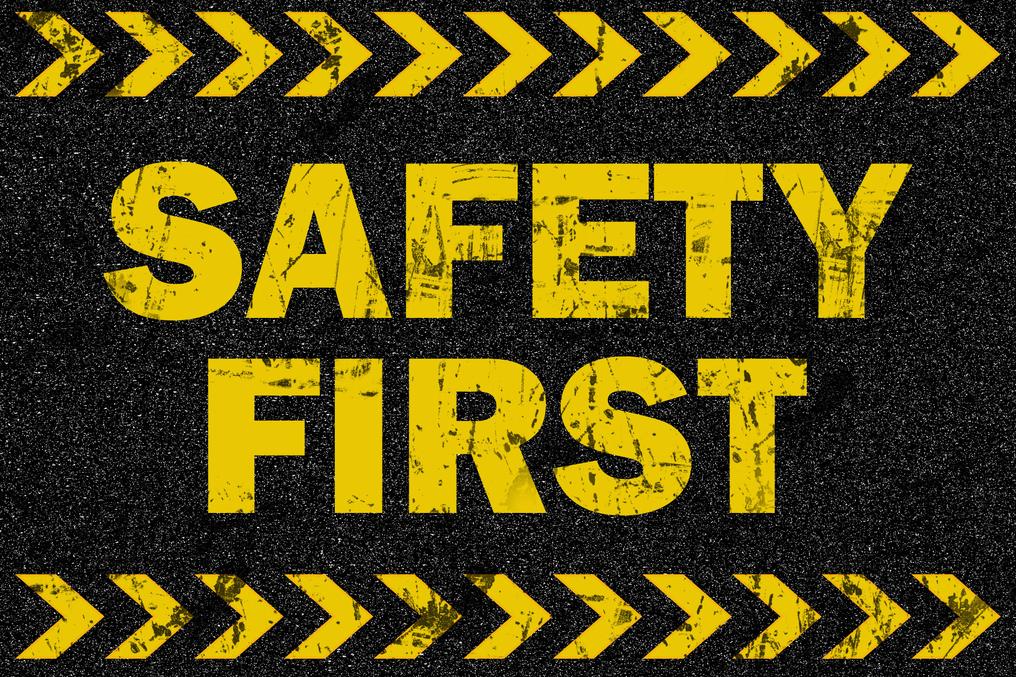
The available scientific backing for Safety Shot is weak and questionable:
- Claims of patent protection cannot be verified through public patent databases.
- Studies cited by the company are not peer-reviewed, lack author credentials, and are not published in reputable journals.
- No independent clinical trials have surfaced to confirm safety or efficacy.
- The company announced intentions for double-blind studies, but results are pending.
Without validated clinical data, both consumers and health professionals should be skeptical about the product’s claims.
Reported Consumer Experiences
Individual user reports give conflicting views on Safety Shot’s effects:
| User | Test Method | Outcome | Comments |
|---|---|---|---|
| User 1 | Police breathalyzer at 30, 60, 90 minutes post-use | No reduction in blood alcohol concentration (BAC) | Experienced anxiety, paranoia; likened product to energy drinks |
| User 2 | BAC before/after Safety Shot consumption | BAC increased from 0.20 to 0.21 after one hour; woke up at 0.16 | Reported product as a scam, asserted BAC only reduces with time |
| User 3 | Group BAC test at 45 minutes after Safety Shot | BAC dropped to 0.01-0.02 range from above 0.08 | Users felt it helped sober up faster but acknowledged informal test |
User experiences suggest the product might provide a placebo effect or transient symptom relief, but it does not reliably lower BAC or cure hangovers.
Community Skepticism and Criticism
The broader community expresses considerable doubt:
- Many describe it as ineffective, equating it to “just an energy drink.”
- Concerns arise about investor manipulation and “pump and dump” tactics.
- Users urge caution on its medical safety and question the legitimacy of its benefits.
- Traditional hangover treatments mentioned include water, electrolyte replacement, and anti-inflammatory drugs.
Experts often recommend prevention over cure, highlighting hydration and responsible alcohol consumption. No supplement currently replaces time for alcohol metabolism.
Possible Mechanisms and Active Components
The product likely aims to support liver function or reduce oxidative stress through certain ingredients:
- N-acetyl Cysteine: Precursor of glutathione, an antioxidant involved in liver detoxification.
- Milk Thistle: Contains silymarin, proposed to aid liver health.
- L-Theanine and other amino acids: May modulate enzyme activity or neurotransmitter balance.
- Stimulants: Caffeine, ginseng, and theacrine may improve alertness but not reduce BAC.
There is speculation around substances like Metadoxine, a known drug for speeding alcohol metabolism, but the absence of evidence precludes confirmation of similar action in Safety Shot.
Alternatives and Best Practices
Experts recommend these strategies rather than relying on unproven supplements:
- Drink plenty of water before, during, and after alcohol consumption.
- Consume snacks or meals to slow alcohol absorption.
- Allow time for the body to metabolize alcohol naturally; BAC clearance occurs at a steady rate.
- Use over-the-counter pain relievers cautiously to reduce hangover symptoms, avoiding liver-toxic drugs like paracetamol after heavy drinking.
- Consider isotonic drinks to restore electrolyte balance and hydration.
- Some users find dihydromyricetin (DHM) supplements helpful, supported by preliminary studies.
Reliable prevention is superior to seeking a quick cure.
Key Takeaways
- Safety Shot is a dietary supplement with no proven ability to prevent or cure hangovers.
- The product’s claims lack solid scientific validation and peer-reviewed research.
- User reports vary widely, with some noting no effect and others suggesting minor symptomatic relief.
- Safety and regulatory compliance remain unclear; consumers should exercise caution.
- Established hangover remedies focus on hydration, nutrition, time, and occasional medication.
- Understanding alcohol metabolism and liver function is essential; no shortcut exists to immediate sobriety.
Safety Shot(?) – The Hangover Myth or Magic in a Can?
Is Safety Shot a miracle cure for hangovers or just another flashy scam? The short answer: it’s probably not the miracle booster you hope for. While it dresses up like a wonder elixir, up close it smells like hype with little science backing. But let’s not jump to doom and gloom—stick around, and we’ll dive deep into what this product really is.
What Is Safety Shot, Really?
On the surface, Safety Shot markets itself as a hangover-prevention drink packed with a mix of vitamins, amino acids, and natural extracts. It promises to reduce blood alcohol concentration and ease hangover symptoms. Tempting, right?
However, the product is considered a nutraceutical, or in FDA language, a dietary supplement. This classification means the company behind it isn’t held to the strict testing and proof standards pharmaceutical companies must meet. Think homeopathy level of regulation—claims made, but no need for concrete proof.
The Cocktail of Ingredients: What’s Inside?
Safety Shot’s ingredient list reads like a herbalist’s shopping spree. Let’s break down some key players:
- Triple Filtered Purified Water & Apple Extract: The base for taste and hydration.
- N-acetyl Cysteine (NAC): Popular antioxidant, sometimes used to protect the liver.
- Milk Thistle & Dandelion Extract: Herbal liver supporters, but science on their hangover benefits is limited.
- Caffeine Anhydrous & Theobromine: Natural stimulants similar to what you find in coffee or chocolate.
- Panax Ginseng & Synephrine: Believed to increase energy and metabolism.
- B Vitamins & Other Amino Acids: To replenish nutrients lost after heavy drinking.
- Novel ingredients: Things like Mucuna Pruriens, Cognizin® Citicoline, and TeaCrine® promise brain support but whether they impact hangovers remains unproven.
Put together, this cocktail may sound impressive, but are these enough to “cure” or prevent a hangover? The jury says: we need solid research.
Science or Smoke and Mirrors?
Here’s where many eyebrows raise. The company claims to have conducted research, but none of it is peer-reviewed or published in respected journals. They don’t reveal who bankrolls the studies, nor do they share author credentials. This is a red flag for anyone who’s ever learned to trust science.
Double-blind studies are reportedly on the horizon, but as of now, the product’s patent remains elusive, and there is no formal clinical proof that Safety Shot works its magic on humans.
Personal Trials & User Experiences: The Real World Test
Sometimes, anecdotal evidence can be the best reality check.
Case One: The Police Breathalyzer Investigator
A user got their hands on a police-issued breathalyzer and tracked blood alcohol content (BAC) before and after drinking Safety Shot. The verdict? No difference: BAC hovered stubbornly around .105 to .106 after consuming the drink. Worse, the stimulants left them feeling jittery, anxious, even paranoid — a rough price to pay for no benefit.
Case Two: The Hit on a .20 BAC
A 150-pound drinker blew a 0.20 BAC, took Safety Shot, and then measured 0.21 an hour later—yes, higher, not lower. The next morning, it was down to 0.16, but isn’t that what time is supposed to do anyway?
Case Three: Informal Group Experiment
Three friends tested pre- and post-Safety Shot BACs. After 45 minutes, their numbers dropped below recognized legal limits. Could this be a genuine effect? Maybe. But they admit it could also just be the natural metabolization of alcohol over that time frame. So, the verdict here is “possibly helpful,” but not conclusively.
Community Chalkboard: What the Crowd Thinks
The online community offers a blend of skepticism and humor:
- “Sh!t sucks, doesn’t work. Or maybe I’m just too much of a party animal.”
- “The product appeals to those believing in magic pills. Investors beware—classic pump and dump.”
- “If you really want to beat a hangover, just eat, hydrate, and rest.”
- “Hangovers are mostly dehydration and liver stress—no magic cure yet.”
Practical advice leans towards hydration remedies like isotonic drinks and common painkillers, despite their own limitations.
Is There a Magic Ingredient Hiding in There?
The rumor mill suggests the real hero might not be some secret patented compound but familiar substances like Metadoxine or L-Theanine. The latter is known to boost liver enzymes that metabolize alcohol, potentially speeding recovery.
If Safety Shot contains these or similar active botanicals, the effect might be subtle or delayed. But without transparent ingredients and trustworthy research, guesswork rules.
How to Safely Handle Hangovers Instead of Chasing Safety Shot
Here’s a dose of cold water (and cold hard truth): Safety Shot is not a substitute for time and responsible drinking. Hydration, nutrition, and ample rest remain your best friends in hangover recovery.
One alternative catching some attention is Sure Shot, claiming some credibility, but as always, approach with healthy skepticism.
Final Thoughts: Should You Trust Safety Shot?
Safety Shot presents a fascinating puzzle of marketing frenzy, hopeful ingredients, and scant evidence. It looks more like an energy-packed nootropic drink than a scientifically backed hangover fix.
If you prefer investing in proven self-care: drink water before, during, and after alcohol consumption. Eat a decent meal. Sleep well. And if you’re testing your limits, avoid counting on quick fixes delivered in cans.
So, next time you see that shiny can claiming to save your morning after, ask yourself: Does it have peer-reviewed science? Does it really lower my BAC? Or is it just a bold marketing shot?
The hangover saga continues, but until conclusive proof arrives, drink smart, hydrate often, and keep your expectations grounded. Safety Shot? Maybe just another shot that’s safe to skip.
What is Safety Shot classified as by the FDA?
Safety Shot is classified as a nutraceutical, falling under dietary supplements. This means it is not subject to the strict standards that pharmaceuticals must meet.
Does Safety Shot effectively reduce blood alcohol concentration (BAC)?
User tests show mixed results. Some saw no change in BAC levels after drinking it, suggesting it may not lower alcohol in the blood.
Is there reliable scientific research backing Safety Shot’s claims?
The research provided is not peer-reviewed and lacks transparency in funding and authorship. No verified patents or trials have been found yet.
What ingredients are found in Safety Shot?
- Key ingredients include N-acetyl Cysteine, Milk Thistle, Taurine, Caffeine, Panax Ginseng, and several B vitamins.
- It also has stimulants and nootropics that some users found caused anxiety or discomfort.
Should investors be cautious about Safety Shot’s company?
The company has been accused of aggressive marketing and ignoring requests for product details. Some call it a potential pump and dump scheme.


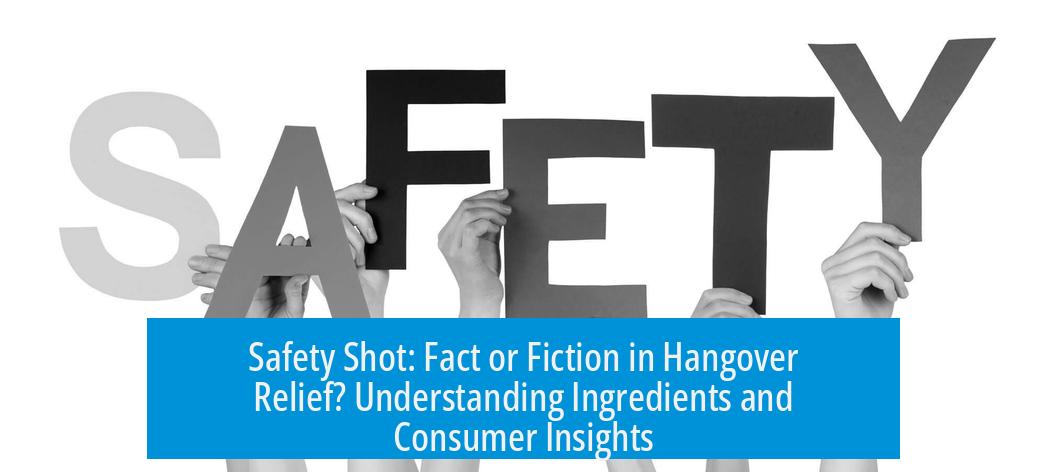
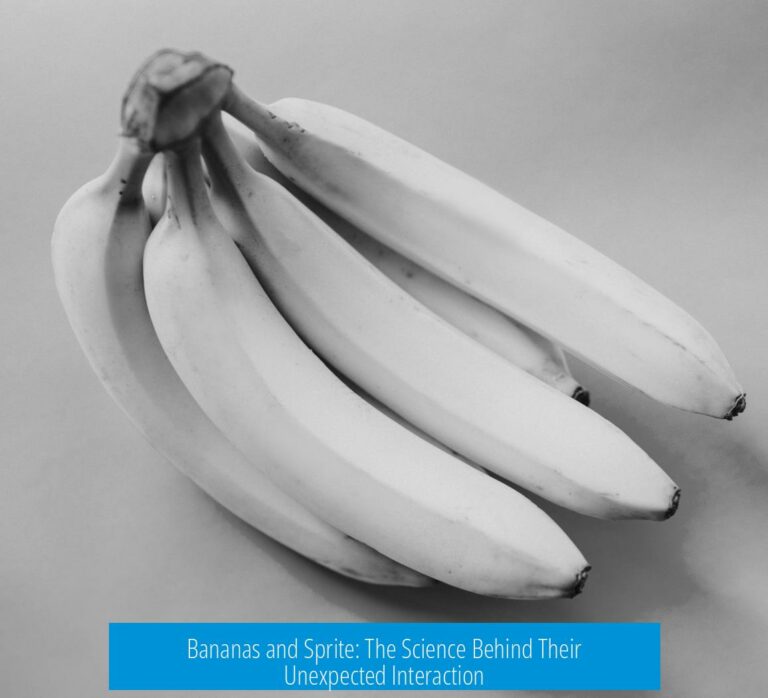
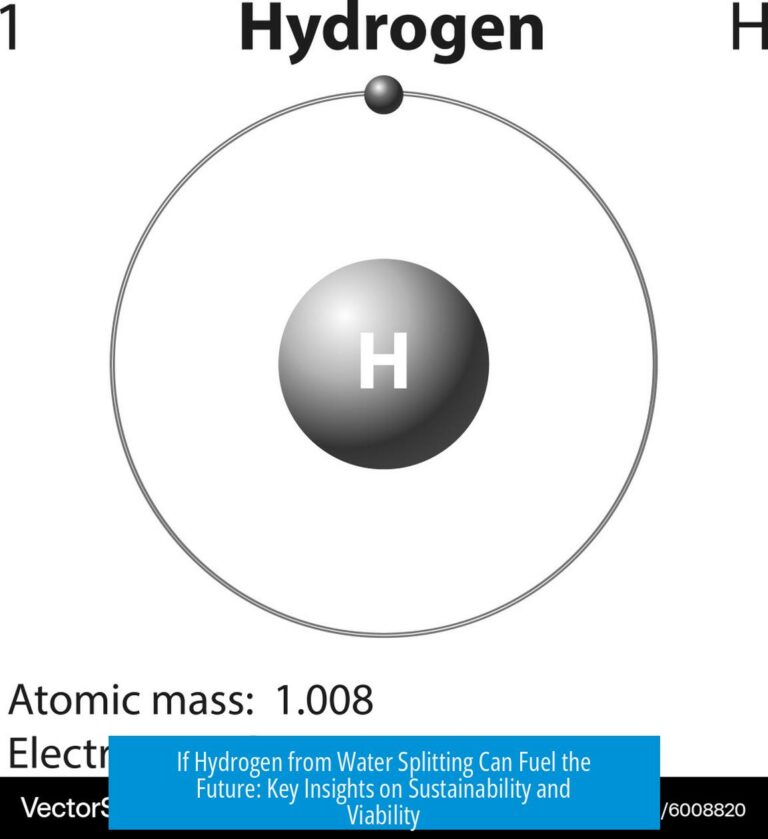
Leave a Comment